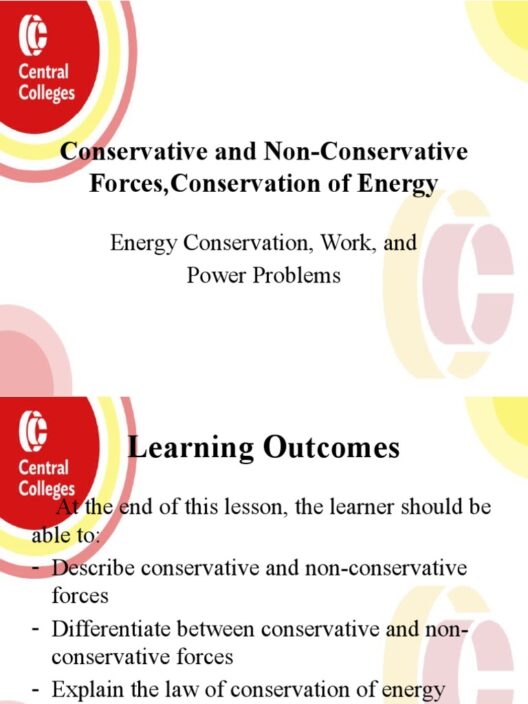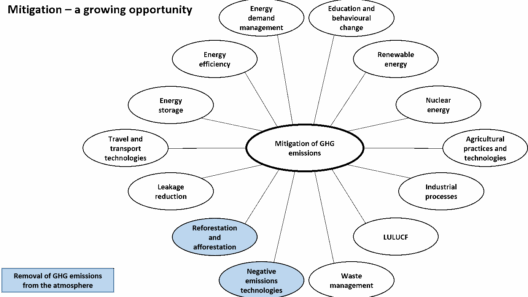In the vast tapestry of human existence, the environments we inhabit—both physical and social—play a pivotal role in shaping our experiences and interactions. As we navigate through various institutions, workplaces, and communities, two terms often arise that delineate the nuances of these environments: organisational climate and social climate. Understanding the intricacies of these concepts can lead to improved interactions and greater harmony within human settings.
At its core, the organisational climate refers specifically to the collective perceptions of individuals about their work environment. It encompasses the shared attitudes, beliefs, and values that pervade a workplace, influencing everything from motivation to productivity. Within this context, organisational climate encapsulates a range of elements including leadership styles, communication patterns, and the prevailing norms that dictate behaviours. For instance, in a company characterised by an open-door policy, the organisational climate may foster transparency and collaboration, enabling employees to voice their ideas freely.
Conversely, the social climate is more expansive, encompassing the collective sentiments and attitudes that prevail in broader social settings, such as communities or societies at large. Social climate refers to the prevailing mood within a group, which can be affected by numerous factors, including cultural influences, historical context, and societal norms. It is much like the weather; it can be sunny on one day—indicating optimism and community spirit—yet turn stormy on another, reflecting frustrations, divisions, or even hostility.
Now, let’s pose a playful question: If you had to choose between a workplace that is incredibly efficient but lacks interpersonal warmth, versus one that feels vibrant yet struggles with productivity, which would you pick? This conundrum highlights a potential challenge in balancing organisational and social climates: efficiency versus emotional connectivity. Striking the right equilibrium can be elusive, yet it is crucial for fostering a healthy environment.
To dissect these climates further, let’s consider the interdependencies that exist between organisational and social climates. An organisation is essentially a microcosm of the larger society. Social climates can seep into organisational behaviours and vice versa. For instance, organisations in cultures that value community involvement may experience a positive organisational climate, characterised by team camaraderie and social responsibility. On the other hand, if the prevailing social climate is marked by distrust or division, it can lead to a toxic organisational climate, stifling creativity, and undermining collaboration.
Another critical facet is that both climates are not static; they are dynamic constructs influenced by various external and internal variables. Changes in societal dynamics—be it due to technological advances, policy changes, or shifts in economic stability—can alter how organisational climates manifest. Similarly, events such as workplace restructuring, leadership changes, and even unforeseen global challenges (like a pandemic) can effectively change the organisational climate, influencing employees’ psychological and emotional states.
To gain deeper insights, it is essential to delineate the various attributes commonly associated with each climate. Organisational climate often manifests in aspects such as leadership effectiveness, communication quality, organisational support, and job satisfaction. An organisation that prioritises innovation may encourage risk-taking, fostering a climate of creativity where ideas are nurtured irrespective of their initial feasibility. On the contrary, a climate defined by bureaucracy may stifle such innovation, creating a stagnant organisational environment.
In contrast, social climate tends to be characterised by inclusivity, diversity, collective efficacy, and values. It resembles the intricate fabric of social interactions—how individuals relate to one another within their community, how they express solidarity, or how they engage in collective problem-solving. An inclusive social climate can lead to a greater sense of belonging, motivating individuals to participate actively and contribute positively. However, a social climate marked by discrimination or alienation can spew negative sentiments, fracturing relationships and inhibiting progression.
Addressing both climates requires an intentional and strategic approach. Developing a positive organisational climate necessitates straightforward actions like promoting open communication, recognising employee achievements, and encouraging professional development. Regular assessments and feedback loops can also provide invaluable insights into employees’ perceptions, allowing organisations to recalibrate and improve.
For social climates, fostering a sense of community is paramount. Initiatives that embrace diversity, equity, and inclusion can bolster social fabrics, engendering broader connections. Community engagement, fostering dialogues, and providing platforms for diverse voices contribute to a robust social climate. Inviting community members to partake in decision-making can increase interaction and enhance acceptability of organisational practices.
For the management of these climates, understanding the interplay between human emotions and structural frameworks is crucial. Leaders must acknowledge that their decisions do not exist in isolation—they reverberate through the social connections and organisational contexts. This interplay reveals a delicate balance where nurturing interpersonal relationships coexists with achieving operational goals.
As we reflect upon the concepts of organisational climate and social climate, it becomes imperative to emphasise the importance of conscious cultivation of both ecosystems. The burgeoning intersections between individual wellbeing and collaborative success underline our responsibility to appreciate these dynamics. Engagement, respect, and recognition are not mere attributes—they are essential ingredients in fostering healthier environments. By bridging the gaps between organisational and social climates, we can create places where individuals thrive, and communities flourish.
In conclusion, both organisational and social climates play a critical role in shaping human experiences. Each possesses distinctive characteristics yet intertwined. Recognising their complexities and acknowledging the influence they wield over one another allows us to cultivate more conducive environments. Emphasising a balance between productivity and personal connection can lead to enriched experiences for individuals and larger communities alike. Let us challenge ourselves to envision environments where both climates thrive in harmony.







